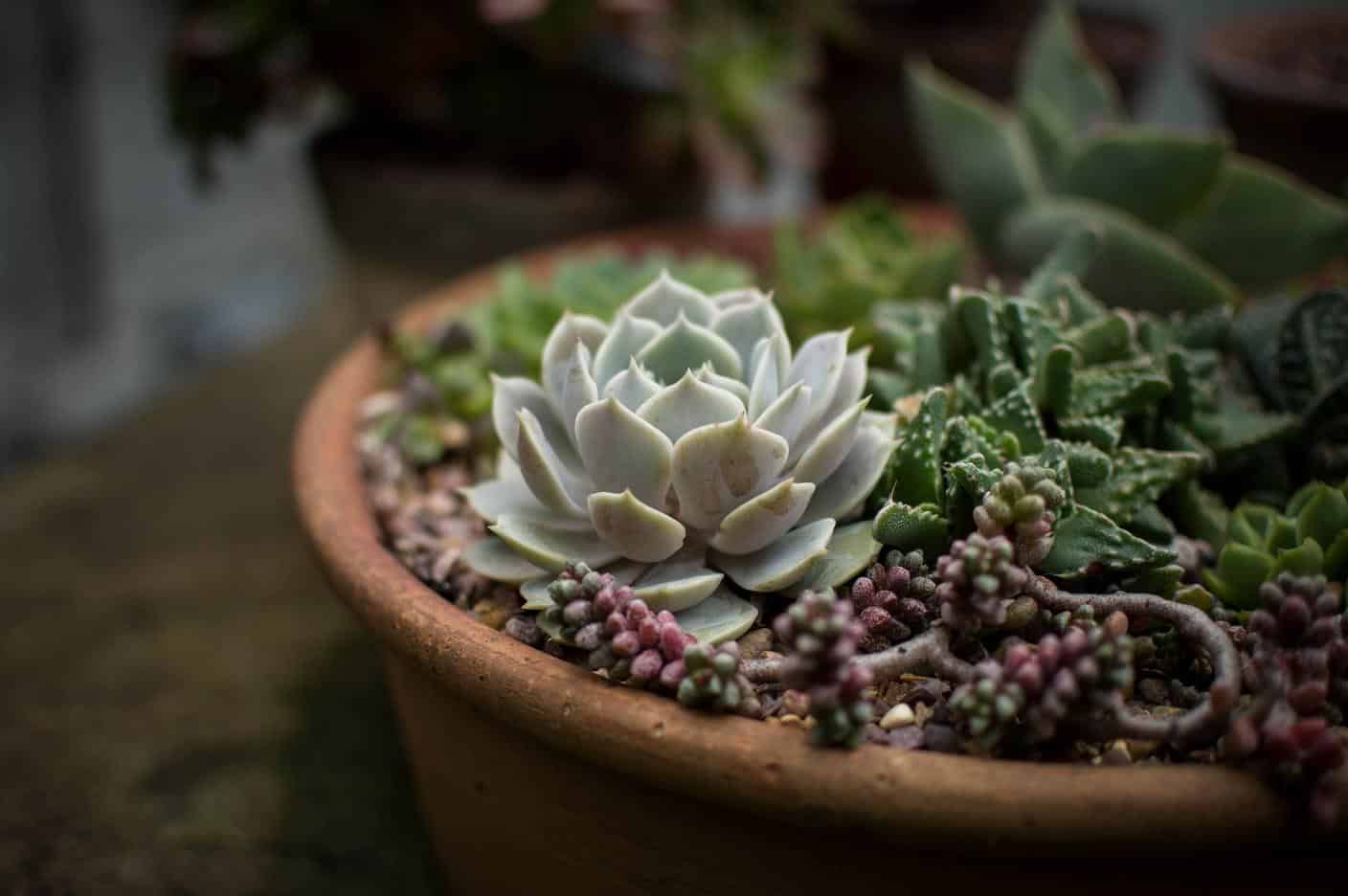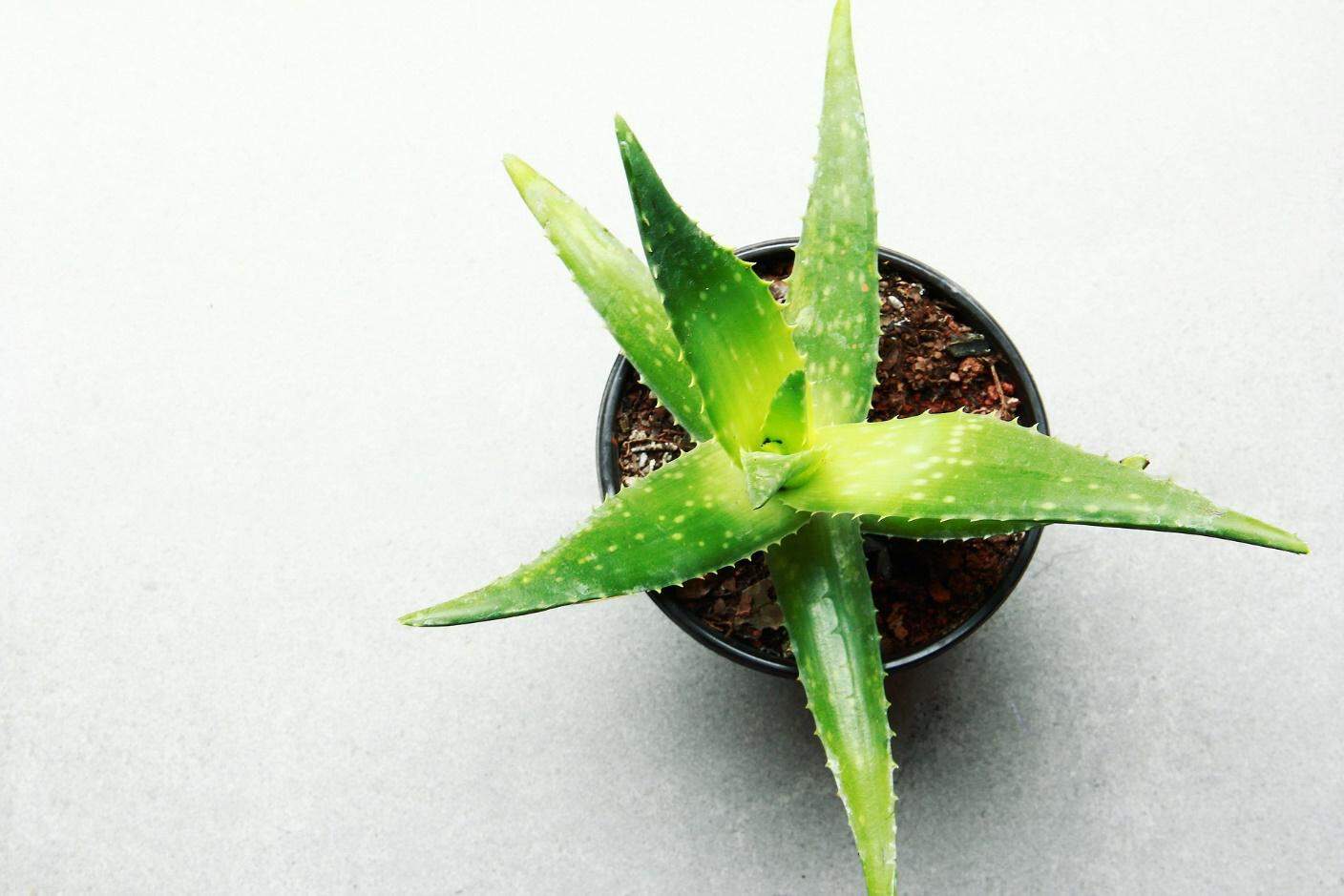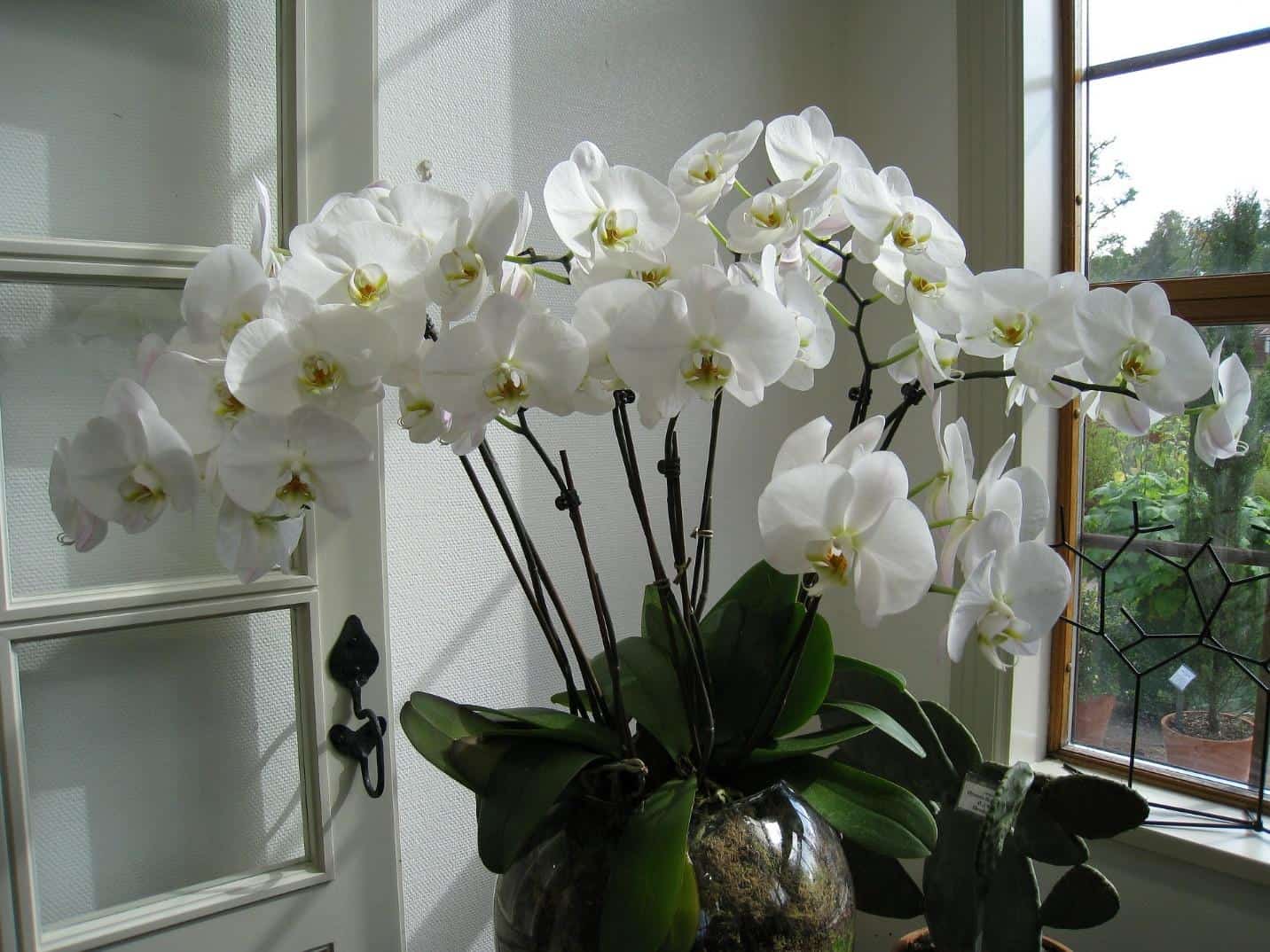Flower Glossary is reader-supported. When you buy through links on our site, we may earn an affiliate commission.
As cities become more crowded, suburbs more industrialized, and apartment living more common, in-home gardening becomes more popular. It’s not just because we are looking for more ways to keep nature around us, either. Let’s face it, even if you have a backyard, there’s still that need to bring a little bit of the outside in.
Then there’s Instagram, Pinterest, and those trendy bohemian shops filled with succulents and ivy draping their walls.
So, while there are a million reasons houseplants have become trendy, not everyone knows how to go about having them. They take maintenance, and humans have busy lives these days. So how do you have your plants, and keep them alive too? Simple- get plants that don’t need you. Or at least, don’t need you all the time.
Table of Contents
Best Plants For Indoors
If you’re wondering what types of plants could possibly survive without you, read on. We’ve compiled a short list of the best indoor plants, low-light and low-maintenance.
Vines
Vines make great indoor plants. Not only do many varieties survive on low light, but they often require you to let the soil dry out completely before you give it another drink. This tends to mean they are easier to manage, especially when your schedule is crowded.
Because of their trailing/ draping nature, you get a lot of impact from vines. In other words, one plant can provide a lot of foliage and impact the space a lot easier.
Some of the most popular vines:
- English Ivy
- Heartleaf Philodendron
Succulents & Cacti

Succulents and cacti have grown in popularity due to their ease, beauty, and lack of needed space. They’re the kind of plant you want to put on small, decorative wall shelves, hang in glass terrariums, or arrange on a bookshelf.
While all cacti are technically succulents (the debate is out), not ever succulent can be classified as a cactus. Strange, confusing, it doesn’t need to be. What you need to know is that succulents and cacti are easy to manage in your home and thrive on their own. They will eventually ask for room to grow, but you can keep them small for months or years in low light and cooler temps.
Most popular succulents & cacti:
- Jade plant
- Air plant (Tillandsia)
- Zebra cactus
- Christmas Cactus (it even has flowers)
Aloe

We know, we know… Aloe is a succulent, and we already covered those. However, we felt the need to put aloe into its own section because of how useful it is. Like any other succulent, aloe is easy to manage and requires little watering. It does require a ton of light, but if you can give that to it, it will thrive.
While it’s great to have a plant that doesn’t need you much and adds to your home serenity, there are other reasons to have an aloe plant. You can use aloe for:
- Soap making
- DIY beauty products
- Sunburns
- Cuts
- Detox juice
Palms

Palm plants are generally associated with humidity and intense sunlight, but we assure you that some palms make great house plants. Not only do they only need watering when the top soil becomes completely dry, but they can do well in indirect light and add a lot of life to your home. They do generally grow tall and wide, which is good for filling up those empty corners.
Some of the best palms for indoors:
- Areca palm tree
- Fan palm
Orchids

One of the only flowering house plant on this list is the orchid. It’s an exceptionally beautiful flower that isn’t the easiest to kill. Indoor orchid care is simple, once all of their basic needs are met. You’ll need occasional repotting, as with other plants- typically every other year.
Orchids can tolerate low light, but orchids do thrive in more swampy conditions. If you have a more humid room, such as the bathroom, it’s best to place your orchids there.
Tips for Keeping Your Indoor Plants Alive
While the plants above are easier to keep alive, there are still a lot of ways to kill them. What’s better, is that there are even more ways to help them thrive. Here are just a few tips for keeping your indoor plants alive:
- Use your discarded eggshells to create egg water. It’s higher in calcium and potassium, and your plant’s soil needs that.
- Add the eggshells straight to the soil. It provides a lot of nitrogen.
- Prune your plants every now and then, especially dead leaves. Dead leaves still pull water and other nutrients from the soil, essentially stealing from the rest of the plant.
- Make sure you’re giving them the correct amount of water and sunlight. Meet the conditions that the plant needs to survive.
- A rule of thumb: many plants, especially the ones above, need minimal watering. Others are easy to over water (you can kill them like this too). To avoid this, stick your finger into the soil up to your knuckle. If it is dry, give it water. If still damp, leave it be.
- Get grow lights if you need them. You can even get grow light bulbs and insert them into your favorite decorative lamps so it’s less conspicuous.
Starting Your Indoor Plant Collection
Now that you have some idea of the plants that are easiest to keep alive, you can start building your collection. You might have started this search wondering, “What is the best online flower delivery service?” or “What are the easiest plants to keep alive?”, but it shouldn’t be the end.
Get to know your plants, and the ones you hope to keep alive, with the best gardening tips and knowledge from the Flower Glossary. Want to keep your plants alive? Flowerglossary.com has you covered.